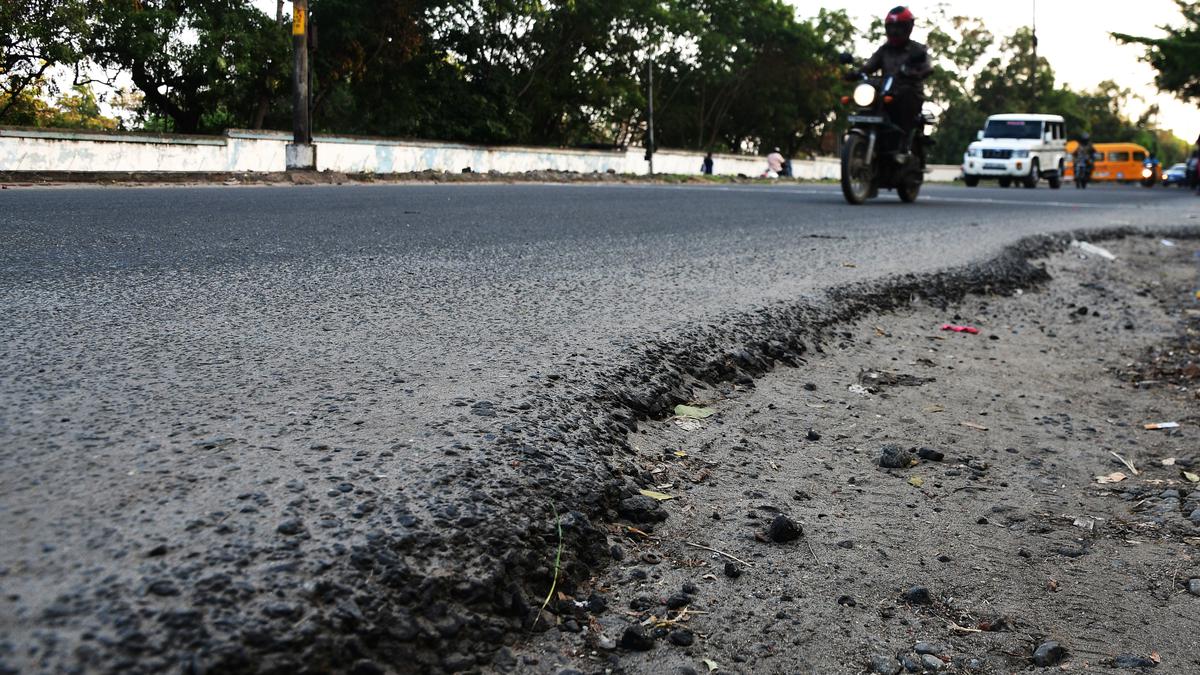
‘Road should be re-laid only after milling the existing one’
The Hindu
Roads in Tamil Nadu should be re-laid only after scrapping the existing one so that the height of the road does not increase said Coimbatore Consumer Cause.
All government departments should re-lay roads only after milling the existing road and should not lay a road on top of the existing one as the road level rises above the entrance of buildings in several places in the State, said K. Kathirmathiyon, secretary of Coimbatore Consumer Cause.
Based on a public interest litigation filed by the consumer organisation, the Madras High Court issued an order to this effect last month, he said.
The first bench of the High Court “ordered that all the government departments should follow the instructions issued for milling and the road height should not be increased,” Mr. Kathirmathiyon said.
The increase in road height when a road is re-laid is a “bane” to most buildings across the State. When roads are re-laid repeatedly without milling/scrapping the existing road, its height increases and the buildings on either side of the road are at a level below the road. This leads to several problems for the building owners. “People are in complete dark about the height at which their houses have to be constructed from the road level because, if today it is higher, tomorrow it will be lower than the road level,” he said.
The consumer body filed a public interest litigation in 2019. When the case was pending, the Chief Secretary issued instructions that road should be laid after milling the existing one and the height of the road should not be increased.
“While re-laying the roads, milling is not carried out and even where it is done the milling is not as per the requirements. It is mainly due to lack of accountability,” he alleged.
The government had instructed the engineers to prepare Longitudinal Section (LS) drawing of the existing road to ascertain the average FRL (Finished road level) and accordingly prepare the estimate. This was to ensure that the finished road level of the proposed re-laying was at the existing road level. After completion of the road re-laying work, once again LS drawing had to be prepared to ensure the FRL was not changed, he said.

 Run 3 Space | Play Space Running Game
Run 3 Space | Play Space Running Game Traffic Jam 3D | Online Racing Game
Traffic Jam 3D | Online Racing Game Duck Hunt | Play Old Classic Game
Duck Hunt | Play Old Classic Game











